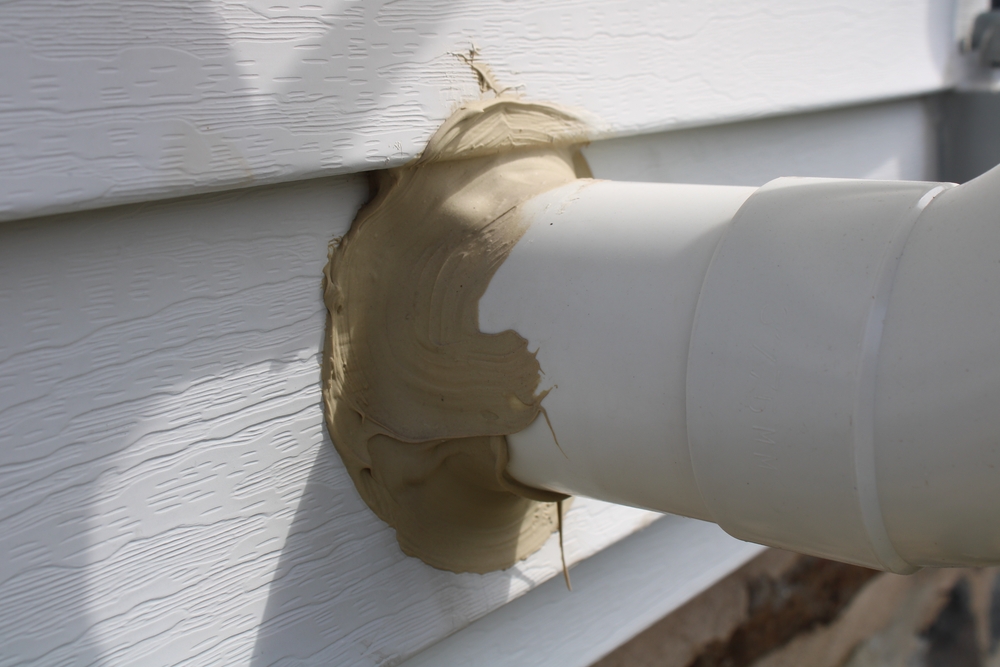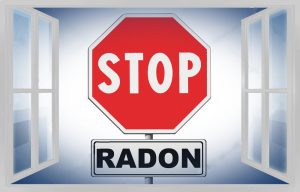Radon has innumerable health risks and dangerous side effects. There is no acceptable radon gas limit in any area. But U.S. Environmental Protection Agency (EPA) recommends it to be below 4 picoCuries per liter of air (pCi/L). Many areas in the US are radon affected. If you are living in such an area, you need to start installing a mitigation system soon. But once you have decided to install it, the next question is, where do you install it?
As the first step, you need to call a professional radon mitigation service provider. You can not detect radon levels with the naked eye or without proper equipment. You need professional support and analysis to get the whole picture. Once you know which place is causing the maximum damage, you can start working on it. Want to know which is the best-recommended place to install a radon mitigation system? Read on to find out more about this.
First, determine the age of the building
Depending on the age of the building, the location of the radon mitigation system can change. If the home has a very old construction, then it can be harder to fix. Why? These old houses sometimes have sand or gravel base under the basement. This causes radon mitigation system installation much harder. That is why radon issues in new houses are much easier to fix.
Some old homes also have a firm rock foundation, making installation very hard. After this stage, you need to determine if there is any new addition to the old home construction. If yes, then those places might need additional attention during installation. Then check to see if the house has a french style drain. Then you need to check if the drain tile is outside the house or inside.
Is there any channel drains between the walls and floors of the house? After you determine the answers to these, installation can begin. All of these factors need additional attention; hence the answers are crucial. If you do not have the capacity to determine them on your own, call a professional.
Determine the location of the radon mitigation system
- Install it below the house
The source of the radon gas is always below the house. So, installing the system below the house and having an outlet pipe on the roof is advisable. Installation should be in the crawl space or basement below the house. This helps capture the radon gas from the source and not let it enter the house. This portion of the system needs to be in a place close to the exterior part of the house. This will help connect the interior PVC pipe with the external part fan.
- A radon mitigation fan can be outside the house
You should always install the radon mitigation fan outside the house. It is advisable to put it outside the living space. This is to ensure the utmost safety. If by any chance there is a leak, none of the gas will enter the house. If the fan is inside, then your house can have huge amounts of radon in case of leaks. A leak can cause the radon levels to rise within hours, so do not risk it.
- Seal off cracks in the floor and roof
You must seal off cracks regardless of where your radon mitigation system is. Seal any cracks on the floor, roof, or walls. Even small amounts of air can not pass from inside these cracks. Why? They can carry some residual radon gas with them and increase the radon levels inside the house.
- Try to avoid an outside installation
We know that the fan of the radon mitigation system should be outside. But the basic installation of the PVC pipe should be inside and below the home structure. A combination of the two works best to help reduce the radon levels. Also, a huge PVC pipe outside your home will destroy the house’s aesthetics. They are huge and clunky, and can in winter, the cold can even compromise the system.
- Have a roof outlet
There should also be an outlet pipe on the roof or attic. Once the suction of the radon gas starts from under the soil, it needs to release through the roof pipe.
Hire a professional to determine the exact location of installation
The installation process can be a little overwhelming without professional help. And determining the installation location is another huge question. Without a proper choice of location, the whole system can become redundant. So, call a professional service provider to get started.




